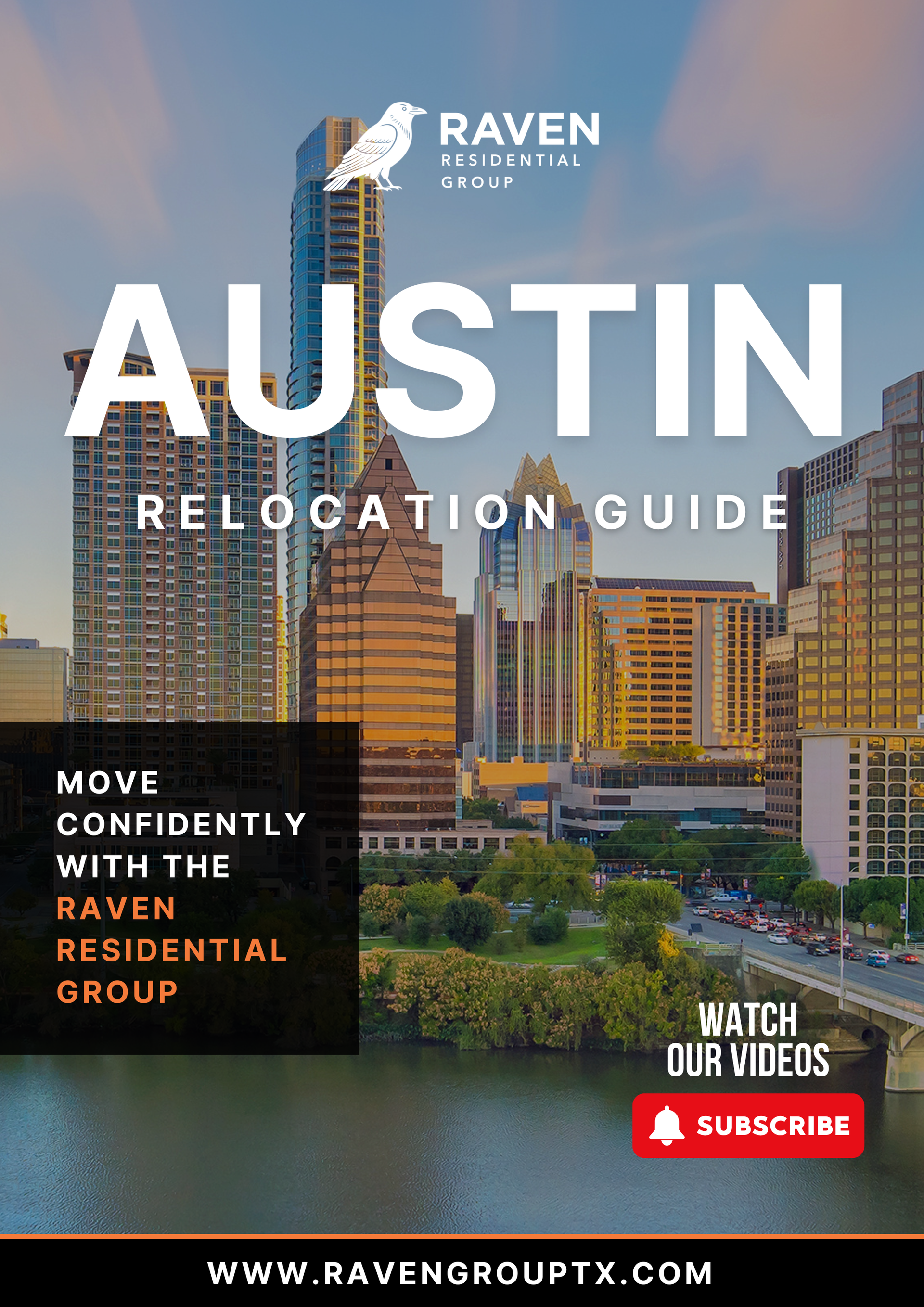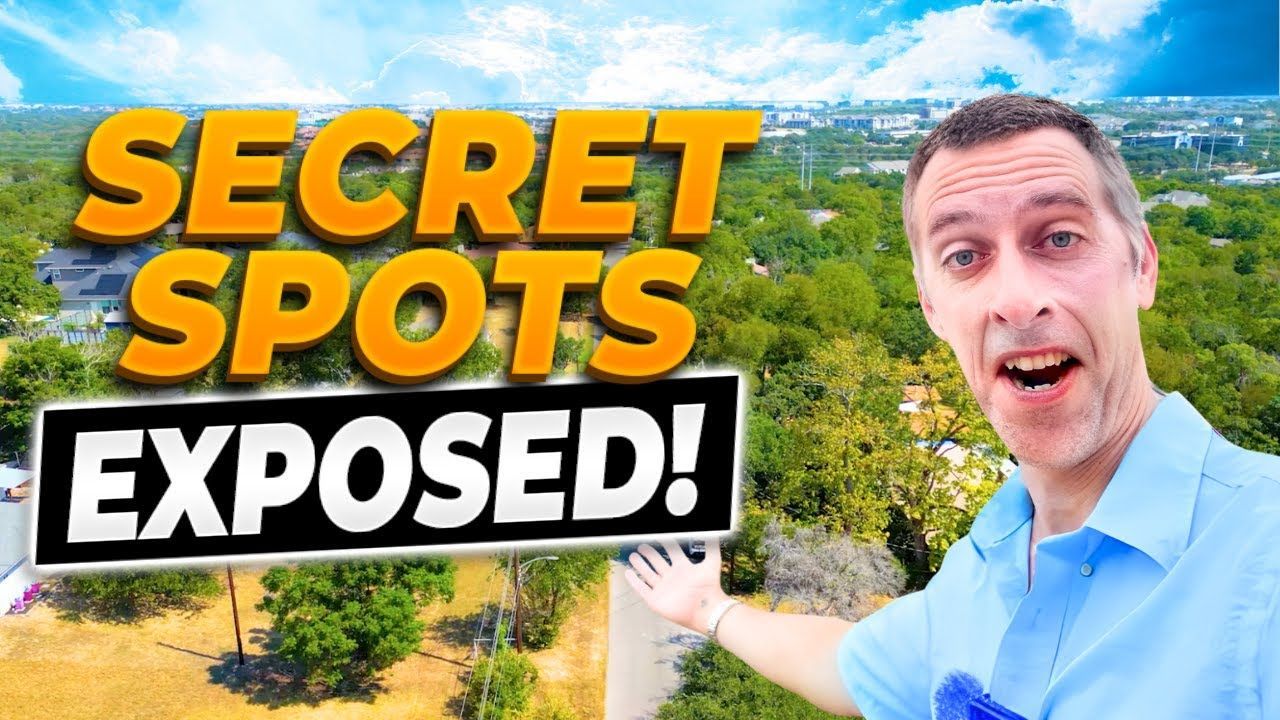The Ugly Truth About Living in Austin Texas
Thinking about moving to Austin, Texas? I love this city, but full disclosure: Austin comes with a set of real, sometimes brutal tradeoffs. If you cannot stand certain things, you might absolutely hate living here. Below I break down the 10 biggest challenges people face when moving to Austin. I speak from long-term experience and a lot of house-hunting, living, and helping others relocate across the greater Austin area. This is honest, practical, and yes, a little bit Texan.
Table of Contents
- Introduction
- 1. The relentless summer heat
- 2. Property taxes are no joke
- 3. Traffic is a daily struggle
- 4. Allergies in Central Texas are brutal
- 5. Housing affordability has gotten out of control
- 6. Austin just isn’t as weird as it once was
- 7. Bugs, snakes, and nature in your yard
- 8. It’s not just hot, it’s dry
- 9. The homelessness crisis is very visible
- 10. Choosing the wrong area could hurt
- Should you move to Austin?
- Resources and practical next steps
- FAQs About Living in Austin, TX
- Final thoughts
Introduction
If you’re seriously weighing a move to Austin, this post is for you. Below I outline the ten biggest, real-world challenges people face when they relocate here — not petty complaints, but tangible trade-offs that affect daily life: relentless heat, steep property taxes, snarled commutes, wildlife, drought, and more.
I’ve lived in Austin for years, helped people move here, and looked at countless homes across neighborhoods. That perspective informs everything you’ll read: honest, practical advice so you can decide whether Austin’s advantages outweigh these downsides for your situation.
Use this as a decision-making tool. Read the sections that matter most to you (commute, housing costs, or climate), take notes for your budget and neighborhood visits, and check the resources at the end for concrete next steps if you decide to move.
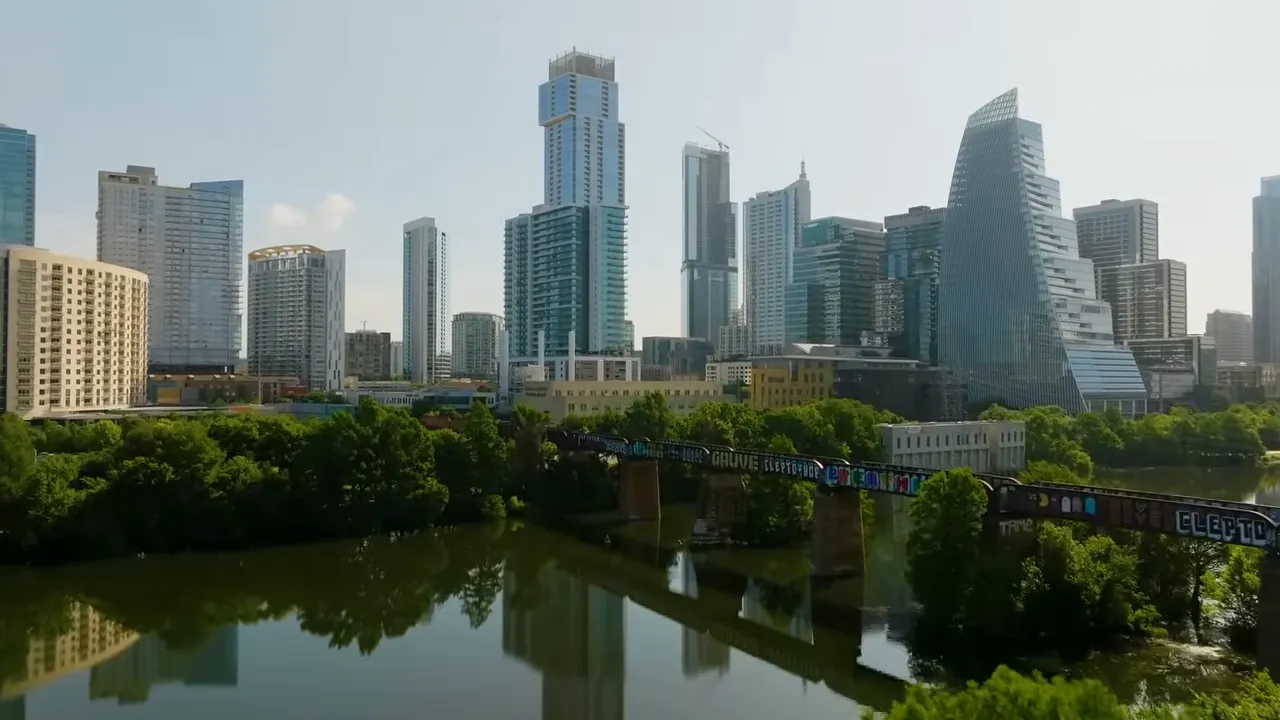
1. The relentless summer heat
Let’s get this out of the way: Austin is hot. Not just warm or pleasantly sunny. We are talking about prolonged periods—days, weeks, even months—over 100 degrees. If you are used to four distinct seasons and mild summers, Austin’s heat is a culture shock. It shapes your day-to-day life.
When it gets into the dead middle of summer, you quickly learn the new rules. You need reliable air conditioning. You will sweat more than you thought possible. Outdoor plans get scheduled in the early morning or late evening. Shade and good landscaping become lifestyle choices, not luxuries. Even native Texans who have lived here their whole lives sometimes say, in the middle of July, “Can I do this again?” and the answer is yes—but it takes planning.
Practical tips for dealing with the heat:
- Choose a home with strong AC and good insulation. Prioritize newer HVAC systems or have a budget for replacement.
- Look for houses with shade trees, covered porches, or north-facing yards to help keep daytime temperatures down.
- Invest in blackout curtains, roof insulation, and reflective window film if you’re in an older home.
- Reschedule exercise to mornings or choose indoor gyms during extreme heat waves.
2. Property taxes are no joke
Texas does not have a state income tax. That is a huge plus and one of the top reasons people move here. But Texas replaces that with local property taxes, and in Central Texas that usually runs anywhere from the low twos to low threes percent of your home’s value per year. That number matters—big time.
Example: a $600,000 home can easily create a property tax bill of about $18,000 per year. That is sticker shock for a lot of folks. If you are moving from another state that also has low property taxes or no state income tax, the math can feel brutal. But if you are moving from a high state income tax state, the savings on income tax can offset some or all of the property tax burden. You need to do the math for your specific situation.
How to handle property tax reality:
- Work with a local lender and realtor who will run the numbers for you. Don’t just look at the purchase price; include annual property taxes in your budget.
- Understand the tax entities that make up your bill: city, county, school district, and special districts can all add to the rate.
- Factor property taxes into monthly budgets by escrowing taxes into your mortgage payment or setting aside a separate savings amount.
- Explore applicable homestead exemptions if you qualify. They can reduce taxable value.
3. Traffic is a daily struggle
Austin is a modern, growing metropolitan area—but our public transportation infrastructure has not kept pace with growth. Yes, we have buses and one limited metro rail line, but the city is primarily car-dependent. That means rush hour traffic can be intense on major north-south corridors like I-35 and MoPac.
Some roads feel like they were built to test your patience. My experience? I do everything I can to avoid certain stretches. But sometimes there is no avoiding them. Commutes that would seem short on a map can stretch much longer in practice. Even in suburbs like Round Rock and Georgetown, a short drive across town can take surprisingly long during the worst traffic windows.
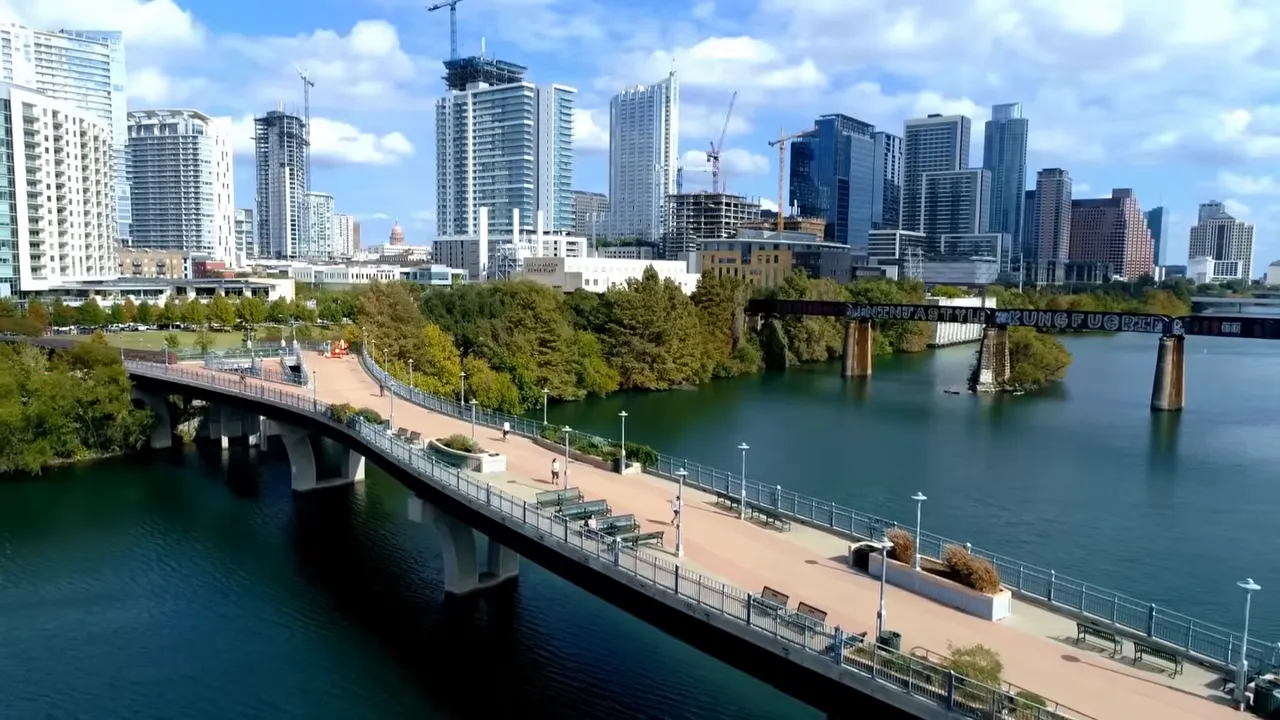
Ways to cope with Austin traffic:
- Plan your schedule around peak commute times. If possible, shift work hours or consider hybrid/remote options.
- Map out alternative routes ahead of time. Surface streets and less obvious local roads can sometimes save time.
- Use commuting time wisely—podcasts and audiobooks can turn gridlock into productive or relaxing time.
- Consider neighborhoods that reduce your commute; sometimes suburbs add travel time even if they feel closer on a map.
4. Allergies in Central Texas are brutal
Allergies in Austin are a serious, recurring thing. We have cedar, ragweed, oak pollen, mold, and a litany of other allergens. The strange part is that many people who have never had allergies before suddenly develop them after moving here. Your body seems fine for a while, and then—bam—the first pollen season hits and breathing becomes a challenge.
A real-world pattern I have seen: people live here for years with few problems and then, often after about a decade, start experiencing chronic seasonal allergy symptoms. For some that translates to weeks or months of headaches, constant nose-blowing, and a diminished sense of well being during peak seasons.
How to prepare for and manage allergies:
- Talk to an allergist if symptoms become persistent. Immunotherapy or targeted medications can make a huge difference.
- Use air purifiers at home and keep windows closed during high pollen days.
- Monitor pollen counts before planning long outdoor activities and wash clothes and shower after spending extended time outdoors.
- Consider landscaping choices that reduce pollen near your home if you have severe reactions.
5. Housing affordability has gotten out of control
Even after a market cooldown, housing costs around Austin are high compared to median incomes for many service industry jobs. The market overheated for several years, causing prices to spike. While things have softened and we might be in a more buyer-friendly season, the reality remains that many people who make our city vibrant—baristas, servers, creative workers, and first responders—struggle to afford living inside Austin without multiple roommates or long commutes.
Why this matters:
- High housing costs change the city’s demographic fabric; people who built the culture of Austin may be priced out.
- Affordability pressures push people further to suburbs where commutes increase and local infrastructure strains intensify.
- Rising prices create challenges for long-term community cohesion and the local small-business economy.
Advice for buyers and renters:
- Be realistic about what you can afford. Include tax, insurance, utilities, HOA fees, and commuting costs.
- Consider neighborhoods slightly outside the core that still match your lifestyle but offer better price points.
- Buyers should work with experienced local agents and lenders to spot value and use market timing to their advantage.
- If renting, explore roommate match platforms, join local housing groups, and consider longer-term leasing stability over short-term savings.
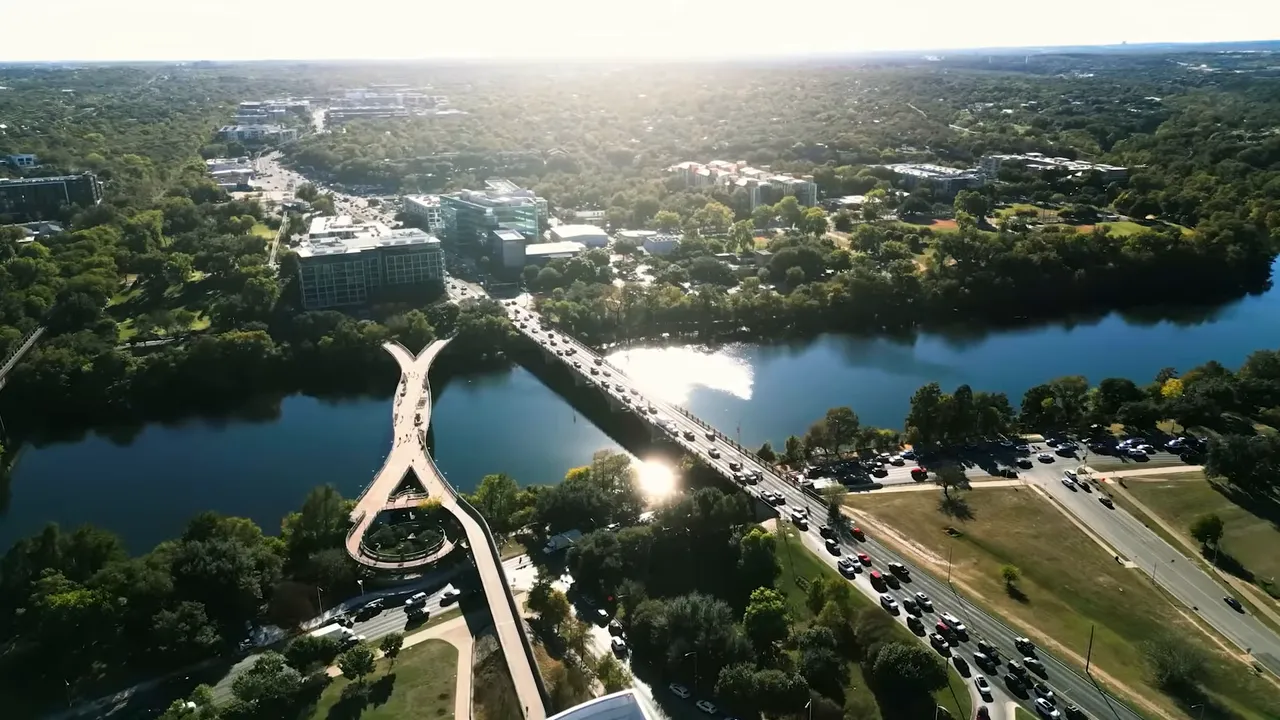
6. Austin just isn’t as weird as it once was
“Keep Austin weird” has been the rallying cry for decades. The spirit of supporting local artists, musicians, and small businesses still exists, but the city’s personality has shifted. Growth, tech companies, outside investors, and boutique retail have changed the vibe in many neighborhoods. South Congress, for example, used to be an unmistakable local cultural hub. Today it feels more curated and—some would say—manufactured.
This is not good or bad in a universal sense. Many people like the changes: more shops, higher-end restaurants, and polished public spaces. Others miss the scruffy, unscripted character Austin used to have. It depends on what you value about a place.
How to find the Austin you love:
- Explore neighborhoods on foot to get a feel for the local culture and who shops, eats, and plays there.
- Support independent businesses you want to keep thriving—your consumer choices matter.
- Seek out smaller venues, local music nights, and community events that preserve the city’s unique character.
7. Bugs, snakes, and nature in your yard
One of the most surprising things for newcomers is how close the wildlife gets. This is part of the charm for many, but it can be unnerving if you are not used to it. I have seen rat snakes the size of baseball bats stretched across a doorstep, rattlesnakes end up in garages, armadillos digging up yards, and coyotes wandering parts of the city.
Common encounters:
- Snakes: mostly non-venomous rat snakes and garter snakes, but rattlesnakes do show up occasionally, especially on the outskirts and in hill country neighborhoods.
- Armored critters: armadillos and raccoons are frequent and can damage lawns and gardens.
- Deer, possums, opossums, and coyotes can wander near neighborhoods—especially those close to greenbelts or creeks.
How to coexist safely:
- Keep garages and sheds sealed and store food waste securely to avoid inviting animals.
- Trim thick vegetation and stack firewood away from the home to reduce hiding spots for snakes and rodents.
- Educate yourself on local wildlife. Learn what to do if you encounter a rattlesnake or coyote.
- Hire licensed wildlife control professionals for persistent animal problems; do not attempt to handle venomous snakes yourself.
8. It’s not just hot, it’s dry
Many cities share high temperatures, but Austin’s dryness is a distinct factor. Unlike Houston, which is hot and humid, Austin often faces long stretches of drought. When drought hits, the landscape turns brown and crunchy. Lake levels drop dramatically; Lake Travis and other reservoirs can look shockingly low during extended dry periods. That affects recreation, landscaping, and sometimes even water restrictions.
Practical implications:
- Pools can get lukewarm when there is heavy sun exposure and little cool rain; they can feel more like bathtubs on certain days.
- Landscaping needs drought-tolerant plants and efficient irrigation. Native plants and xeriscaping are smart choices.
- Water conservation becomes important during multi-year droughts. Be ready for mandatory or voluntary water restrictions in dry seasons.
Water-wise living tips:
- Install drip irrigation and smart controllers for your yard to avoid overwatering.
- Choose native grasses and plants that thrive in Central Texas conditions.
- Consider pool shading or water-cooling strategies if heat makes your pool less refreshing.

9. The homelessness crisis is very visible
Homelessness is a deeply human issue and something that is very visible in central Austin. People experiencing homelessness are often struggling with a range of challenges: mental health, addiction, job loss, and systemic gaps in housing and social services. For residents and visitors, the increased visibility of homelessness affects daily life and perceptions of certain areas.
Important things to remember:
- This is a complicated humanitarian issue without an easy solution. People on the streets are human beings who need support, not judgment.
- Visibility varies by neighborhood; central Austin tends to see more people on the streets than suburban stretches.
- If safety concerns are top priority for you, location selection matters. Some pockets near parks and transit hubs are more affected than others.
What individuals and communities can do:
- Support local organizations and shelters working on housing, job training, and mental health services.
- If you encounter situations that feel unsafe, contact local nonemergency numbers or community outreach teams who can connect people to services.
- When relocating, work with local experts who know which pockets are more affected and which are quieter and family-friendly.
10. Choosing the wrong area could hurt
Austin is a city of micro-neighborhoods. Saying a neighborhood name does not always tell the whole story. For example, Hyde Park is a beloved area—but the feel of Hyde Park can change dramatically from one block to the next. In Austin, precise location matters down to the street or even which side of the street you live on.
Examples of micro-neighborhood differences:
- Two blocks in the same neighborhood may have completely different noise levels, safety profiles, or walkability.
- Suburban differences can affect commute time drastically. In Leander, one subdivision might have a 15-minute shorter commute to downtown than another.
- Nearby parks, bars, or transit hubs can create very different living experiences for households with kids, pet owners, or night owls.
How to avoid costly mistakes:
- Drive, walk, and visit prospective neighborhoods at different times of day (weekday mornings, weekday evenings, weekends) before committing.
- Ask for hyper-local data: crime reports, noise complaints, school performance, and development plans for nearby parcels.
- Work with someone who has boots-on-the-ground knowledge. Agents who know the nuance of streets and blocks can prevent regret.
Should you move to Austin?
Short answer: maybe. Austin has an incredible culture, booming job market in many sectors, outdoor life, and an energy that draws people in. But it is not perfect, and the imperfections are not small. They matter. If you hate heat, bugs, traffic, and wild swings in house affordability, Austin will be challenging. If you can tolerate those things and care about vibrant neighborhoods, live music, food, and outdoor adventures, Austin can be an amazing place to build a life.
My bottom-line advice:
- Do your homework. Run the numbers for property taxes, utilities, and cost of living.
- Visit multiple neighborhoods at different times before making an offer or signing a lease.
- Talk to locals who know the subtle differences between streets and blocks.
- Plan for the climate and wildlife. Build contingency plans for heat waves and seasonal allergies.
- Be realistic about commute times. Don’t trust maps alone—time your route in real traffic.
Resources and practical next steps
If you are seriously considering relocating, here are concrete steps to make the move smoother:
- Create a total cost worksheet for buying or renting in Austin including property tax, insurance, utilities, HOA, and commuting costs.
- Interview lenders to understand mortgage options and tax implications for your family.
- Spend at least a long weekend in Austin exploring neighborhoods you like. Eat at local spots, walk the streets, and talk to residents.
- Connect with housing and support organizations if community stability is a concern for you or your family.
FAQs About Living in Austin, TX
How hot does Austin get in the summer and how long does heat typically last?
Austin regularly sees temperatures exceeding 100 degrees in the late spring, summer, and early fall. Heat waves can last for multiple days, sometimes weeks. Plan for prolonged hot stretches and ensure reliable air conditioning and heat-management strategies.
How much are property taxes in Austin?
Property tax rates in Central Texas typically range from the low 2 percent to low 3 percent of a home's assessed value. For example, a $600,000 home could generate roughly $12,000 to $18,000 in annual property taxes depending on the exact rate and taxing entities involved.
Is it possible to avoid long commutes in Austin?
Yes, but it requires intentional neighborhood selection. Living close to your workplace, working hybrid schedules, or choosing a job with flexible hours can reduce commute time. Public transit is limited compared to larger transit cities, so car dependency tends to be higher in Austin.
Do people develop allergies after moving to Austin?
Yes. Many newcomers who never experienced allergies before can develop sensitivities here. Common allergens include cedar, oak pollen, ragweed, and mold. Allergy symptoms can start after years of living here for some people, so be prepared and talk to an allergist if needed.
What neighborhoods are still considered "weird" or more local?
Neighborhood character evolves constantly. While South Congress and other formerly scrappy areas have become more polished, smaller pockets across Austin still retain local flavor—seek out neighborhood bars, local music venues, community co-ops, and parks to find those vibes. Touring neighborhoods in person is the best way to discover them.
How can I protect my yard from wildlife?
Seal gaps in garages and sheds, secure trash and food, trim vegetation around the home, and avoid storing clutter outdoors. For persistent issues with snakes or raccoons, contact licensed wildlife professionals. Never attempt to handle venomous or unknown animals yourself.
What should I know about lake levels and droughts?
Lake levels on major reservoirs like Lake Travis can fluctuate widely with multi-year droughts. Water restrictions can be implemented. Opt for drought-tolerant landscaping, efficient irrigation, and be mindful that recreational lake access may be limited during dry spells.
How visible is homelessness in Austin and how does it affect neighborhoods?
Homelessness is highly visible, especially in central Austin. It affects perceptions of safety and daily life in certain areas. Neighborhoods near transit hubs, parks, and downtown see higher visibility. Supporting local outreach programs and choosing the right micro-location can help mitigate personal safety concerns.
How do I avoid choosing the wrong area?
Visit at multiple times, talk to residents, carefully research crime and noise data, and work with a local real estate professional who knows the micro-differences between streets and blocks. One street can be vastly different from the next in Austin.
Final thoughts
Austin is wonderful in many ways. It is creative, energetic, and full of opportunity, but it is also real-world messy: heat, taxes, traffic, wildlife, and affordability challenges are not small issues. If you are prepared, informed, and intentional about where you live and how you live, you can get the best of Austin while minimizing the pain points.
Do your homework. Visit multiple times. Talk to people who live here. Get local help when choosing a neighborhood. And if you can embrace sweating a little and learn to love the music and tacos, you just might end up loving Austin as much as I do—flaws and all.
Barrett Raven’s approach blends deep Austin knowledge with a focus on customer service. Whether you're buying, selling, or relocating, Barrett and his team are here to ensure your real estate journey is smooth, informed, and successful.

